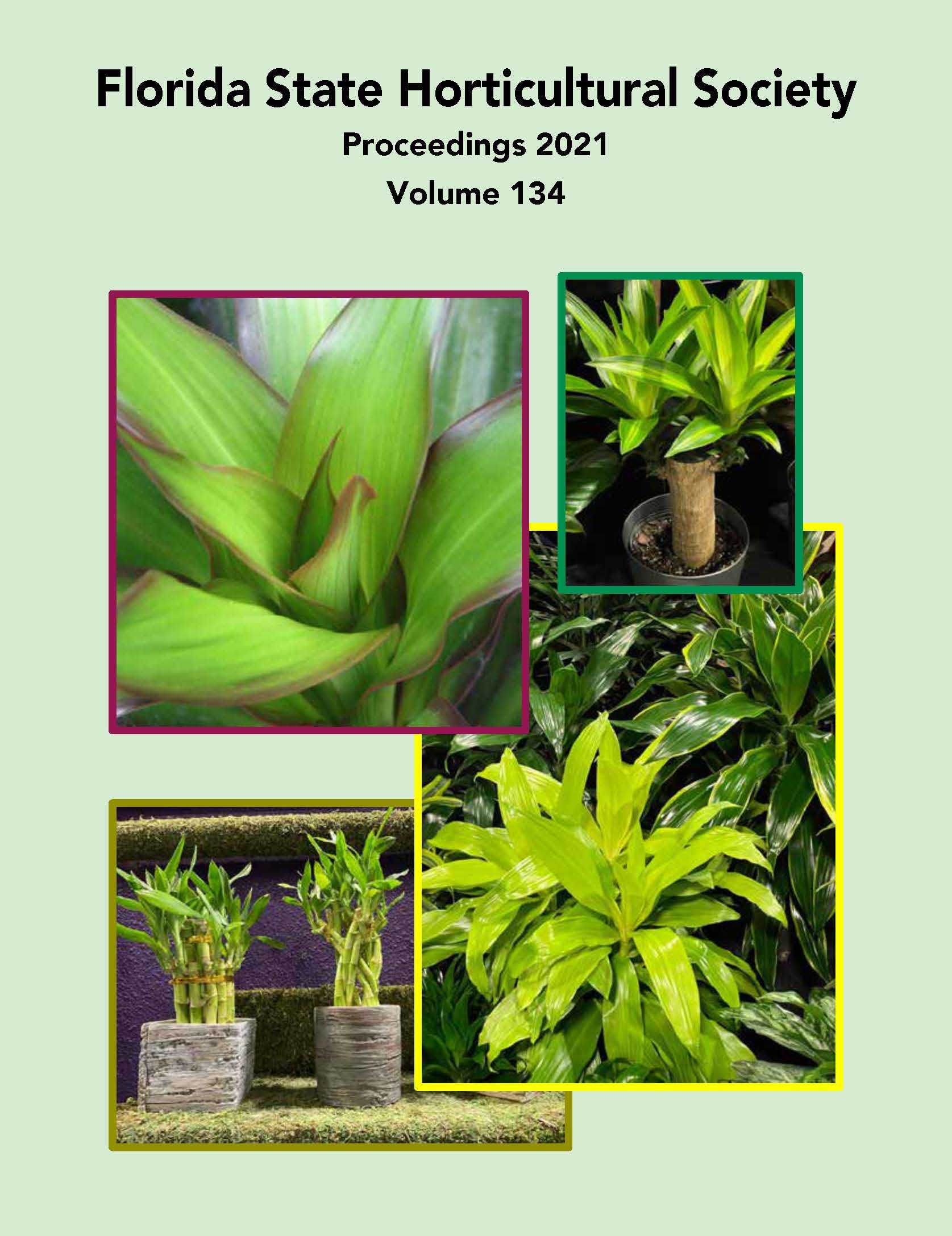Abstract
Clustered regularly interspaced short palindromic repeats (CRISPR)-driven traits are commonly introduced into tomato (Solanum lycopersicum) in less than a year. Although CRISPR technology is highly suitable for rapid incorporation of new traits into plants with superior breeding backgrounds, the usefulness of these traits must be demonstrated prior to large-scale distribution of any new variety possessing them. The jointless pedicel trait is crucial for stem-free harvest of tomato fruits and is therefore an essential requirement for developing low-labor tomato varieties. Here, we aimed to evaluate the effect of CRISPR-driven jointless pedicel trait on the yield and horticultural traits of fresh-market tomatoes. During three consecutive seasons, we conducted field trials using three related genotypes of two elite fresh-market tomatoes, namely a jointed pedicel tomato, a CRISPR-driven jointless pedicel mutant of the jointed pedicel tomato, and a conventionally-bred jointless pedicel near isogenic line (NIL) to the jointed pedicel tomato. Field evaluations confirmed that the total and medium-, large-, or extra-large-size fruit yields of the CRISPR-driven mutants were not statistically different for those corresponding to their backgrounds and that the fruit yield stratified by fruit size might be varied under different growth conditions. We did not observe any negative correlation between the genotype and the fruit/abscission joint detachment force for any of the genotypes under study. Field evaluation of the jointless pedicel-correlated traits could be effectively conducted by combining objective fruit-quality measurement with high-performance computing to accelerate analysis and decision making.

